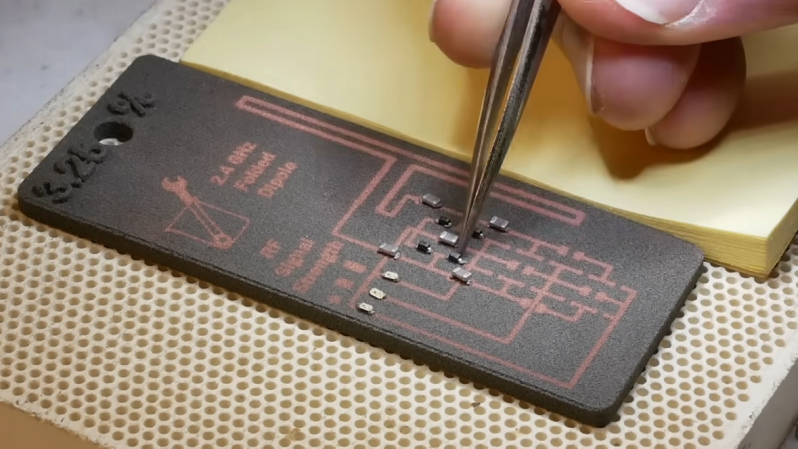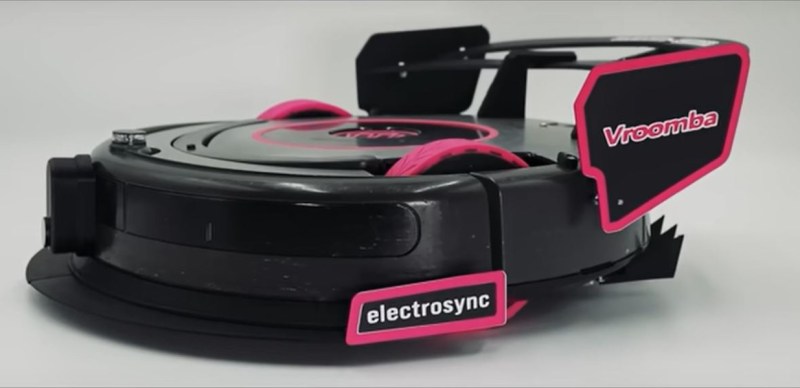Watch SLS 3D Printed Parts Become Printed Circuits

[Ben Krasnow] of the Applied Science channel recently released a video demonstrating his process for getting copper-plated traces reliably embedded into sintered nylon powder (SLS) 3D printed parts, and shows …read more Continue reading Watch SLS 3D Printed Parts Become Printed Circuits

